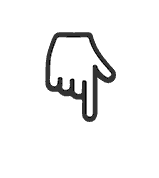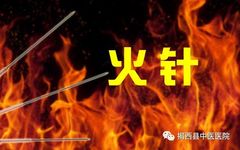

Fire needle therapy, an ancient and miraculous traditional medicine technique, is often feared by many, leading them to avoid it. However, this fear stems from a lack of understanding…
Today, we invite Deputy Director She Jifeng from the Rehabilitation Department to discuss the wonders of fire needle therapy. Is it really as frightening as people think?


What is Fire Needle Therapy?
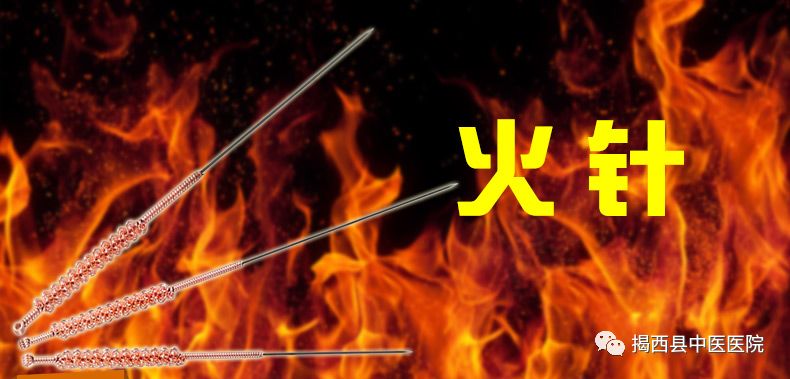
Fire needle therapy refers to a method of treating diseases by quickly inserting a needle that has been heated red by fire into acupuncture points. Fire needles, also known as “burning needles,” “quenched needles,” or “heated needles,” have been documented as early as in the “Lingshu: Official Needles” which states, “Quenching and piercing with burning needles is for treating bi syndrome.” The “Shanghan Lun” also discusses the indications and contraindications for fire needle therapy. The “Qianjin Yifang” mentions, “For treating boils and abscesses, the needle must be extremely hot.” This method has the effects of warming the meridians, dispersing cold, and promoting circulation, thus it can be used clinically for treating conditions such as cold and dampness leading to abscesses.
What are the Effects of Fire Needle Therapy?
Fire needle therapy has the effects of warming the meridians and promoting circulation, dispelling wind and cold. It is mainly used for conditions such as bi syndrome, gastric ptosis, epigastric pain, diarrhea, dysentery, impotence, scrofula, urticaria, irregular menstruation, dysmenorrhea, pediatric malnutrition, flat warts, acne, and moles.
Clinical Applications of Fire Needle Therapy
1. Treatment of Herpes Zoster: Use a 26-gauge 1.5-inch needle, heat it over an alcohol lamp until red, quickly insert it into the lesions, and immediately withdraw the needle, puncturing each vesicle once and applying purple medicine. 2. Treatment of Shoulder Periarthritis: Use a 20-22 gauge thick needle or a sewing needle, wrap the base with cotton thread, heat it until red and white over an alcohol lamp, then quickly and accurately insert it into the acupoint Jianyu on the affected side and withdraw quickly, covering the puncture with sterile gauze once a week.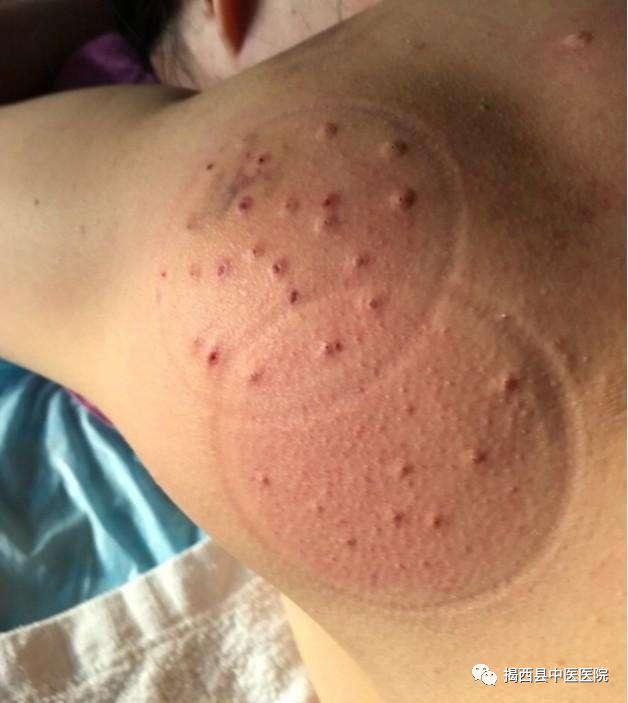 3. Treatment of Low Back Pain: Divide into two groups for acupoint selection, one group selecting Weizhong (委中), Shenyu (肾俞), and Yaoyan (腰眼), and the other group selecting Kunlun (昆仑), Qihaiyu (气海俞), and Zhishi (志室). Alternate between the two groups, using fire needles connected to electricity until the needle tip turns red, inserting 3-5 mm into the acupoints, and withdrawing quickly.4. Fire Needle and Cupping for Knee Joint Effusion: Disinfect the area, use a fine fire needle heated to incandescent, quickly puncture at the highest point of the joint, if fluid flows out, puncture 5-7 times; if the fluid is thick and difficult to extract, use a thick fire needle heated red to puncture, then use flash cupping to extract the fluid, which may be light yellow, and bandage to stabilize the knee joint. After the fluid is eliminated, switch to local acupoint selection.
3. Treatment of Low Back Pain: Divide into two groups for acupoint selection, one group selecting Weizhong (委中), Shenyu (肾俞), and Yaoyan (腰眼), and the other group selecting Kunlun (昆仑), Qihaiyu (气海俞), and Zhishi (志室). Alternate between the two groups, using fire needles connected to electricity until the needle tip turns red, inserting 3-5 mm into the acupoints, and withdrawing quickly.4. Fire Needle and Cupping for Knee Joint Effusion: Disinfect the area, use a fine fire needle heated to incandescent, quickly puncture at the highest point of the joint, if fluid flows out, puncture 5-7 times; if the fluid is thick and difficult to extract, use a thick fire needle heated red to puncture, then use flash cupping to extract the fluid, which may be light yellow, and bandage to stabilize the knee joint. After the fluid is eliminated, switch to local acupoint selection.
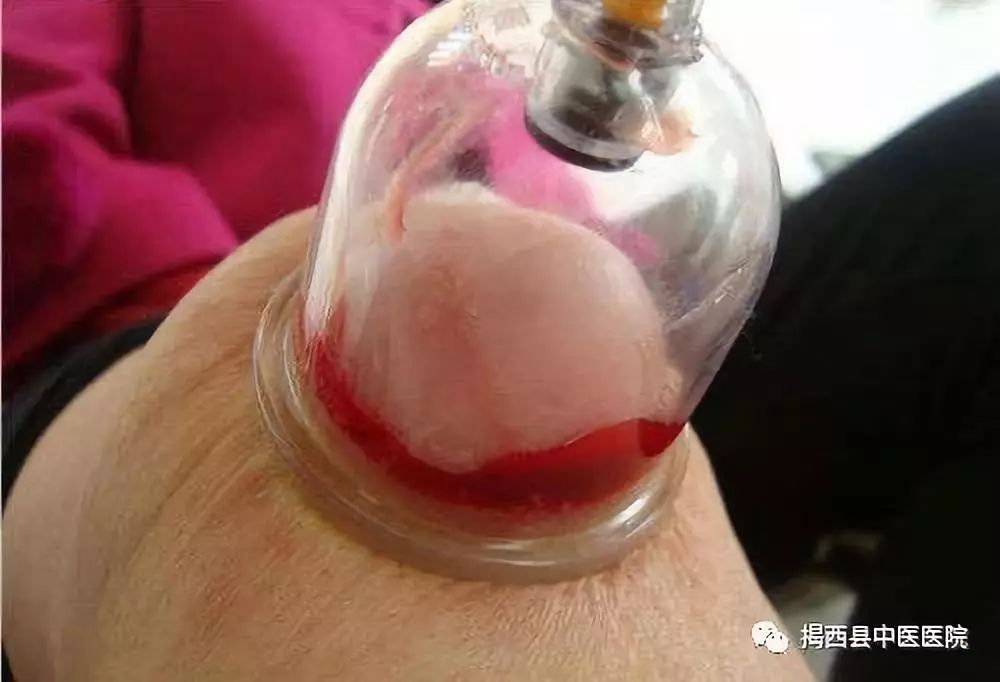
5. Fire Needle Treatment for Lateral Epicondylitis: Locate the tender points between the lateral epicondyle of the humerus and the neck of the radius, disinfect, quickly insert the fire needle after heating red, puncturing 2-3 times, leaving the needle for 1-2 minutes, and then cupping for 10 minutes.6. Fire Needle Bloodletting for Gout: Main acupoints: Xingjian (行间), Taichong (太冲), Neiting (内庭), and Xian Gu (陷谷). For damp-heat accumulation, add Qiuxu (丘墟), Dadu (大都), and Taibai (太白); for blood-heat stagnation, add Xuehai (血海) and Geyu (膈俞); for phlegm-damp obstruction, add Fenglong (丰隆) and Piyu (脾俞); for liver and kidney yin deficiency, add Taixi (太溪) and Sanyinjiao (三阴交), all on the affected side. Use a thick fire needle for foot acupoints and a fine fire needle for others. After disinfection, quickly insert the heated fire needle, depth 0.3-1 inch, 1-3 needles per acupoint. For foot acupoints, aim for bleeding, with each session’s blood volume <100ml being appropriate.
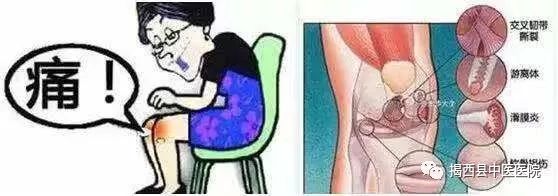
7. Fire Needle Warming Method for Treating Alopecia Areata: Acupoints: Ashi (阿是穴), Shenyu (肾俞), and Ganyu (肝俞). Use a three-headed fire needle for Ashi and a single-headed fire needle for the other two acupoints, disinfect the area, and quickly puncture the heated fire needle at the acupoints. 8. Fire Needle with External Application for Recurrent Oral Ulcers: If the wound is large or numerous, first perform mucosal anesthesia, then puncture the wound with a heated fire needle, ensuring to clean without damaging normal mucosa, followed by applying a paste of Wu Zhu Yu (吴茱萸) mixed with vinegar to the Yongquan (涌泉) acupoint, and securing with musk bone-strengthening plaster for 24 hours.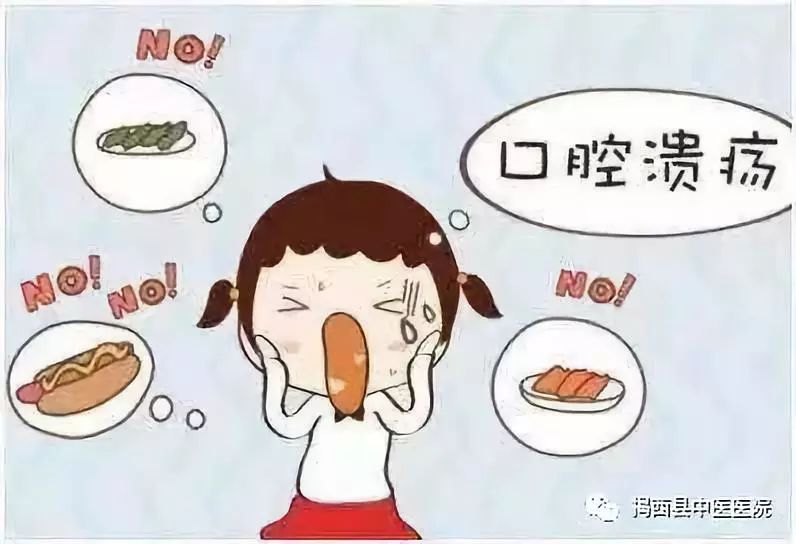 9. Fire Needle as Primary Treatment for Persistent Facial Nerve Paralysis: Select facial acupoints: Yuyao (鱼腰), Sizhukong (丝竹空), Cuanzhu (攒竹), Sibai (四白), Yangbai (阳白), Xiaguan (下关), Yingxiang (迎香), Dicang (地仓), Jiachē (颊车), Taiyang (太阳), and Touwei (头维); select 5-6 acupoints each time. For body acupoints, select Hegu (合谷), Zusanli (足三里), and Taichong (太冲). Use a single-headed fire needle (d=0.5mm) heated red to puncture the acupoints, inserting 1-2 minutes without leaving the needle; then use fine needles for acupuncture, applying even tonification and reduction methods.
9. Fire Needle as Primary Treatment for Persistent Facial Nerve Paralysis: Select facial acupoints: Yuyao (鱼腰), Sizhukong (丝竹空), Cuanzhu (攒竹), Sibai (四白), Yangbai (阳白), Xiaguan (下关), Yingxiang (迎香), Dicang (地仓), Jiachē (颊车), Taiyang (太阳), and Touwei (头维); select 5-6 acupoints each time. For body acupoints, select Hegu (合谷), Zusanli (足三里), and Taichong (太冲). Use a single-headed fire needle (d=0.5mm) heated red to puncture the acupoints, inserting 1-2 minutes without leaving the needle; then use fine needles for acupuncture, applying even tonification and reduction methods.
How Long Should the Interval Between Fire Needle Treatments Be?
Generally, fire needle treatments should be spaced at least one day apart. For acute conditions, it can be performed once daily, but continuous treatments should not exceed three times. For chronic diseases, treatments can be performed every 3-7 days.


What Precautions Should Be Taken?
1. Normal reactions after fire needle treatment may include redness at the puncture site on the same day, or small red dots raised above the skin, and some patients may experience itching. This is a normal response of the body to fire needle therapy and should not be a cause for concern.
2. If the puncture site itches, do not scratch with fingernails, as this may enlarge the area of redness and affect the next fire needle treatment.
3. After fire needle treatment, maintain cleanliness; it is best not to wet the area on the same day to protect the puncture site and prevent infection.
4. Caution should be exercised when using fire needles on the face. Ancient practitioners believed fire needles should not be used on the face due to the potential for small scars. However, if shallow punctures are made with fine fire needles, it can treat diseases without scarring, thus the prohibition is not absolute.
5. Patients who are overly tense, hungry, fatigued, or intoxicated should avoid fire needle therapy. Those with weak constitutions should pay attention to their positioning.
6. Fire needles should not be used on certain body parts, such as major blood vessels, internal organs, and vital organs.
7. During fire needle treatment, avoid eating cold or raw foods.

Fire needle therapy has undergone thousands of years of development, forming a distinct characteristic and demonstrating clear efficacy. With the advancement of science and technology, we must not only inherit the experiences of ancient fire needle therapy but also utilize modern scientific techniques to develop it further, endowing it with new connotations, thus making this ancient and unique acupuncture therapy more suitable for societal development and human health needs.
She Jifeng
Deputy Director of Rehabilitation Department
Director of the Rehabilitation Branch of the Chinese Ethnic Medicine Association. Executive member of the Acupuncture and Massage Rehabilitation Committee of the First Traditional Chinese Medicine Association of Jieyang City. Has studied in hospitals in Guangzhou, Foshan, etc. Proficient in using traditional acupuncture and massage to treat spinal-related diseases such as neck, shoulder, waist, and leg pain; abdominal acupuncture and Jin San needle therapy for internal diseases (upper respiratory infections, pneumonia, chronic gastritis, gastric ulcers, diarrhea, constipation, headaches, facial nerve inflammation, trigeminal neuralgia, insomnia, stroke, etc.); gynecological diseases (irregular menstruation, dysmenorrhea, cold womb infertility); combined acupuncture and medicine for ENT diseases (chronic rhinitis, sinusitis, tinnitus, sore throat, stubborn oral ulcers); and conditioning for sub-healthy populations.
Submitted by: She Jifeng; Edited by: Lin Tianxing; Reviewed by: Chen Xiaomu
【Patient Satisfaction Survey】
Listening to patients’ voices to improve service quality. Jiexi Traditional Chinese Medicine Hospital has launched a patient satisfaction survey.

Submission email: [email protected]
“Always 18 years old~
